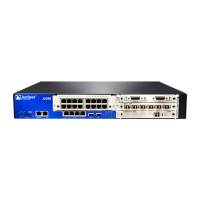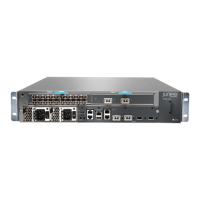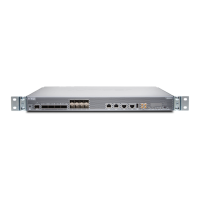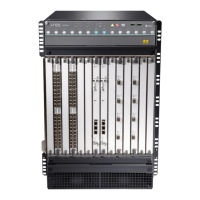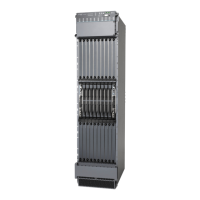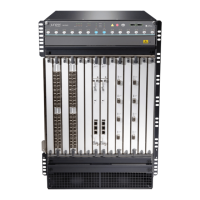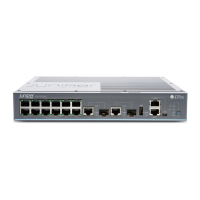For more information about ICMP, see RFC 792, Internet Control Message Protocol.
Capturing and Viewing Packets with the J-Web Interface
You can use the J-Web packet capture diagnostic tool when you need to quickly
capture and analyze router control traffic on a Services Router. Packet capture on
the J-Web interface allows you to capture traffic destined for or originating from the
Routing Engine. You can use J-Web packet capture to compose expressions with
various matching criteria to specify the packets that you want to capture. You can
either choose to decode and view the captured packets in the J-Web interface as they
are captured, or save the captured packets to a file and analyze them offline using
packet analyzers such as Ethereal. J-Web packet capture does not capture transient
traffic.
Alternatively you can use the CLI monitor traffic command to capture and display
packets matching a specific criteria. For details, see “Using the monitor traffic
Command” on page 246.
To capture transient traffic and entire IPv4 data packets for offline analysis, you must
configure packet capture with the J-Web or CLI configuration editor. For details, see
“Configuring Packet Capture” on page 253.
This section contains the following topics:
■ Using J-Web Packet Capture on page 226
■ Packet Capture Results and Output Summary on page 229
Using J-Web Packet Capture
To use J-Web packet capture:
1. Select Diagnose>Packet Capture.
2. Enter information into the Packet Capture page (Figure 24 on page 227) as
described in Table 114 on page 227.
The sample configuration in Table 114 on page 227 captures the next 10 TCP
packets originating from the IP address 10.1.40.48 on port 23 and passing
through the Gigabit Ethernet interface ge-0/0/0.
3. To save the captured packets to a file, or specify other advanced options, click
the expand icon next to Advanced options, and enter information as described
in Table 114 on page 227.
4. Click Start.
The captured packet headers are decoded and displayed in the Packet Capture
display (see Figure 25 on page 229).
Table 115 on page 229 summarizes the output fields of the display.
5. Do one of the following:
■ To stop capturing the packets and stay on the same page while the decoded
packet headers are being displayed, click Stop Capturing.
226 ■ Capturing and Viewing Packets with the J-Web Interface
J-series™ Services Router Administration Guide
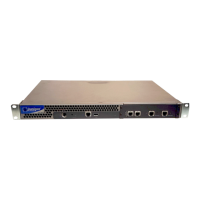
